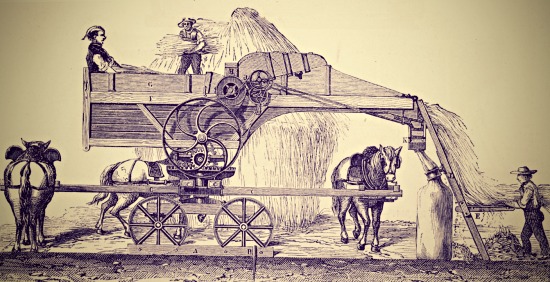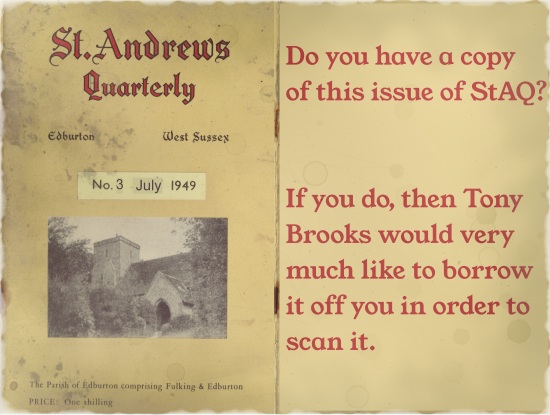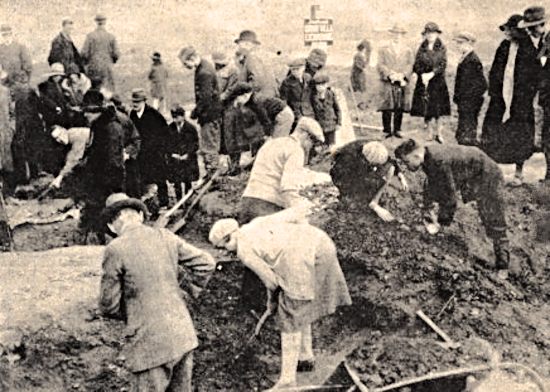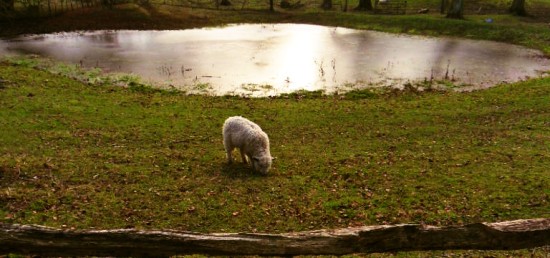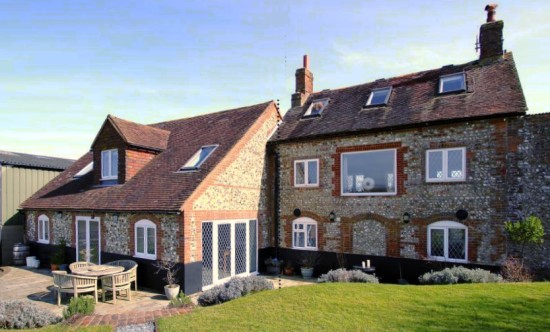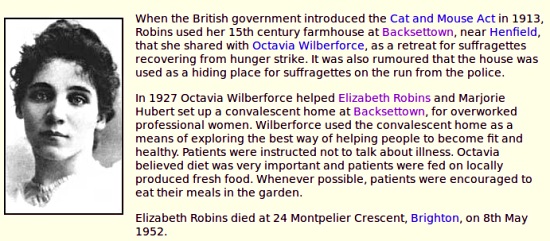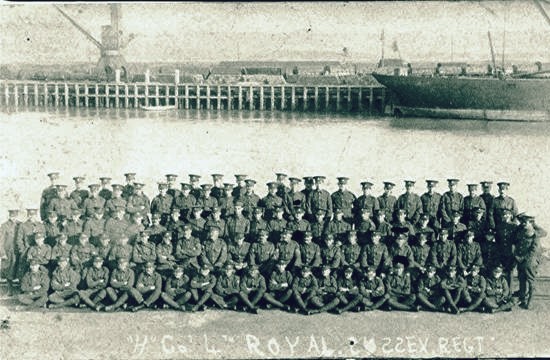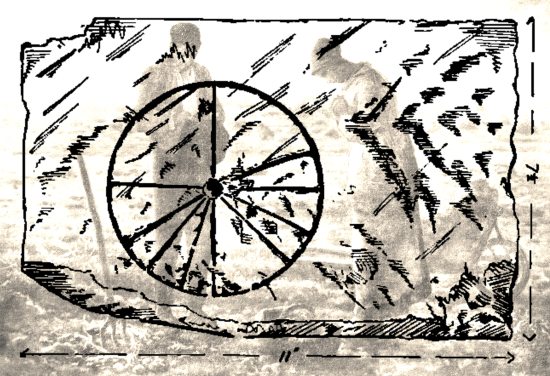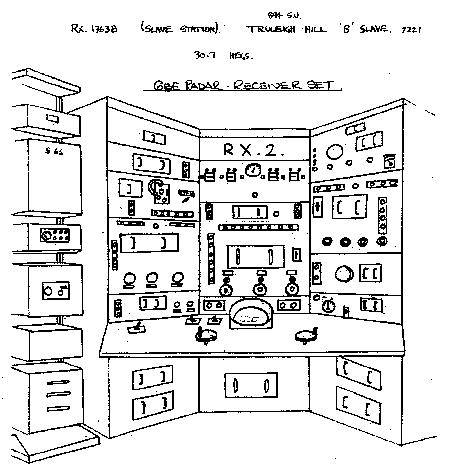
An illustrated talk by Roy Taylor, author of Shoreham’s Radar Station: The Story of RAF Truleigh Hill (2007) and the organizer of the Marlipins Museum exhibition on the same topic. Roy served there as a radar operator, using the receiver in the sketch above, during the final years of its operation in the late 1950s.
Sussex Military History Society, 7.30pm for 8.00pm start on Wednesday 18th May in the Function Room of the Royal Oak Public House, Station Street, Lewes. Admission for non-members is £3.00.


